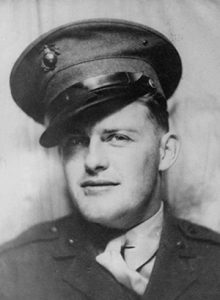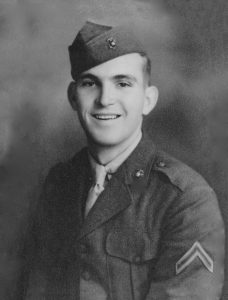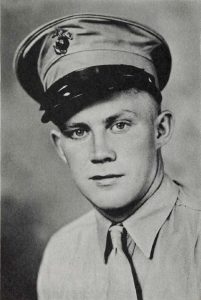
William David Jr. Ball, age 21, from Hollywood, California, Los Angeles county.
Parents: Martha J. Ball
Service era: World War II
Date of death: Tuesday, November 21, 1944
Death details: On July 26, 2017, the Defense POW/MIA Accounting Agency (DPAA) identified the remains of Sergeant William David Ball Jr., missing from World War II. Sergeant William Ball, who joined the U.S. Marine Corps from California, served with Company B, 1st Battalion, 2nd Marine Regiment, 2nd Marine Division. He was wounded in the arm in the fighting on Betio Island, Tarawa Atoll, on November 20, 1943, and was to be transferred to the USS J. Franklin Bell (APA 16) for treatment. However, his name disappeared from the medical records and he was reported as missing in action. After the war, the remains of U.S. service members buried on Tarawa were disinterred and transported to Hawaii for identification, and those that could not be identified at the time were buried as “unknowns” at the National Memorial Cemetery of the Pacific. Later advancements in forensic technology allowed SGT Ball’s remains to be successfully identified from among these Tarawa unknowns.
Cemetery: Tablets of the Missing at Honolulu Memorial
Source: National Archives, American Battle Monuments Commission, Defense POW/MIA Accounting Agency




